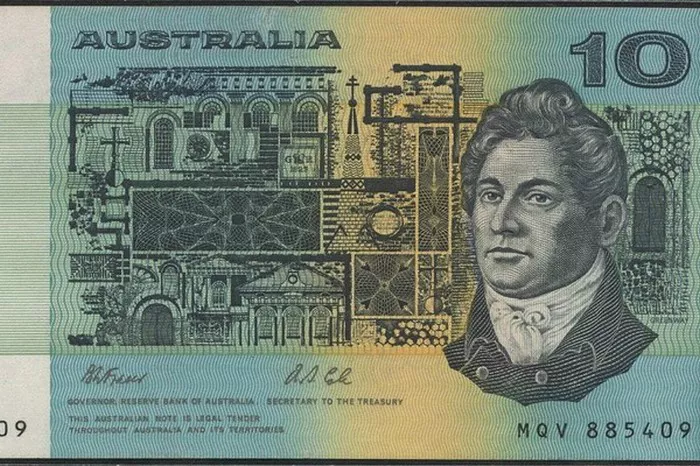The value of a nation’s currency against other global currencies has a significant impact on its economic landscape. In recent times, the Australian dollar (AUD) has experienced a period of weakness, attracting attention from investors, economists, and businesses alike. This article aims to delve into the reasons behind the current weakness of the Australian dollar, exploring both internal and external factors that have contributed to this trend.
Global Economic Conditions and Trade Dynamics
1. Impact of Global Economic Uncertainty:
One key factor influencing the weakness of the Australian dollar is the prevailing global economic uncertainty. Global events such as geopolitical tensions, trade disputes, and volatile commodity prices have created an environment of risk aversion among investors. As a result, they seek safe-haven investments, leading to a decrease in demand for higher-yielding currencies like the Australian dollar.
2. Commodity Price Volatility:
Australia is a major exporter of commodities, including iron ore, coal, and natural gas. Fluctuations in global commodity prices can significantly impact the value of the Australian dollar. In recent years, declining demand from major trading partners, such as China, coupled with supply chain disruptions, has led to periods of lower commodity prices. Consequently, reduced revenues from commodity exports have put downward pressure on the Australian dollar.
Monetary Policy and Interest Rates
1. Divergence in Monetary Policy:
Monetary policy decisions by the Reserve Bank of Australia (RBA) play a crucial role in determining the strength or weakness of the Australian dollar. During periods of economic slowdown, central banks often implement expansionary monetary policies to stimulate growth. However, if other major central banks, such as the US Federal Reserve, adopt more aggressive tightening measures, it can lead to a divergence in interest rates. Higher interest rates in other countries relative to Australia make their currencies comparatively more attractive to investors, leading to a weakening of the Australian dollar.
2. Impact of Interest Rate Differentials:
Interest rate differentials between Australia and its trading partners also influence currency valuations. Higher interest rates in Australia relative to major economies can attract foreign capital, increasing demand for the Australian dollar. Conversely, when interest rates in other countries rise or the RBA adopts a more dovish stance, the attractiveness of the Australian dollar diminishes, resulting in a weaker exchange rate.
Domestic Economic Factors
1. Slow Economic Growth:
The Australian economy has experienced periods of sluggish growth in recent years. Factors such as declining business investment, weak wage growth, and a slowdown in the housing market have contributed to this trend. Sluggish economic growth reduces investor confidence, diminishing the appeal of the Australian dollar in global markets.
2. Dependence on China:
China is Australia’s largest trading partner, and any economic downturn in China can have a significant impact on the Australian dollar. Recent concerns over China’s economic stability, trade tensions with other nations, and restrictions on key Australian exports have weighed on the AUD. The heavy reliance on China exposes the Australian dollar to potential vulnerabilities stemming from shifts in Chinese economic policies.
3. Fiscal Policy Challenges:
Efficient fiscal management is crucial for maintaining a strong currency. Australia has faced challenges related to budget deficits, rising public debt, and structural imbalances. Such factors reduce investor confidence and can lead to a depreciation of the Australian dollar.
Conclusion:
The weakness of the Australian dollar can be attributed to a combination of external and domestic factors. Global economic uncertainty, volatile commodity prices, divergence in monetary policy, sluggish economic growth, dependence on China, and fiscal policy challenges have all played a role in the current state of the Australian dollar. To strengthen the currency, policymakers need to focus on implementing effective monetary and fiscal measures, diversifying export markets, and fostering sustainable economic growth.


